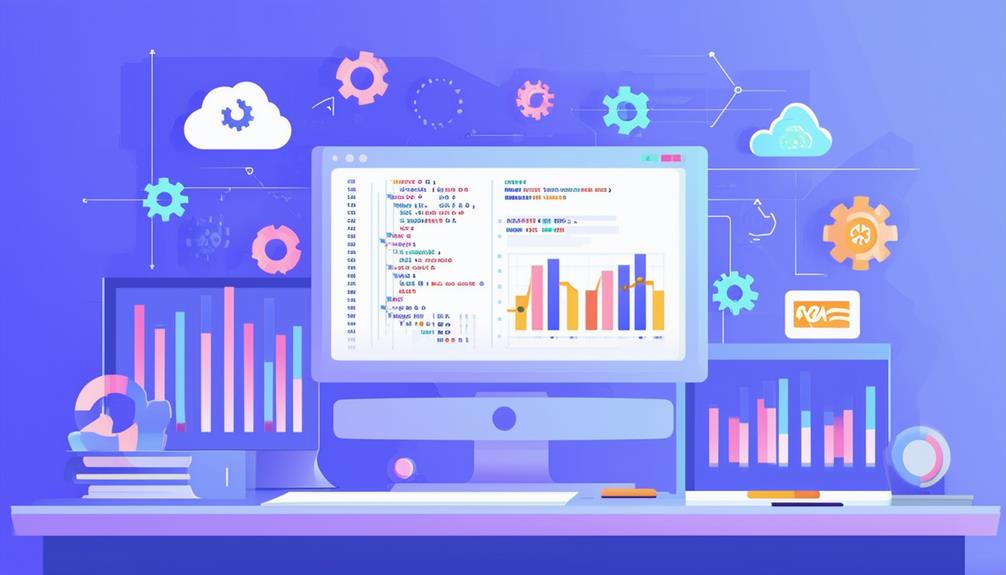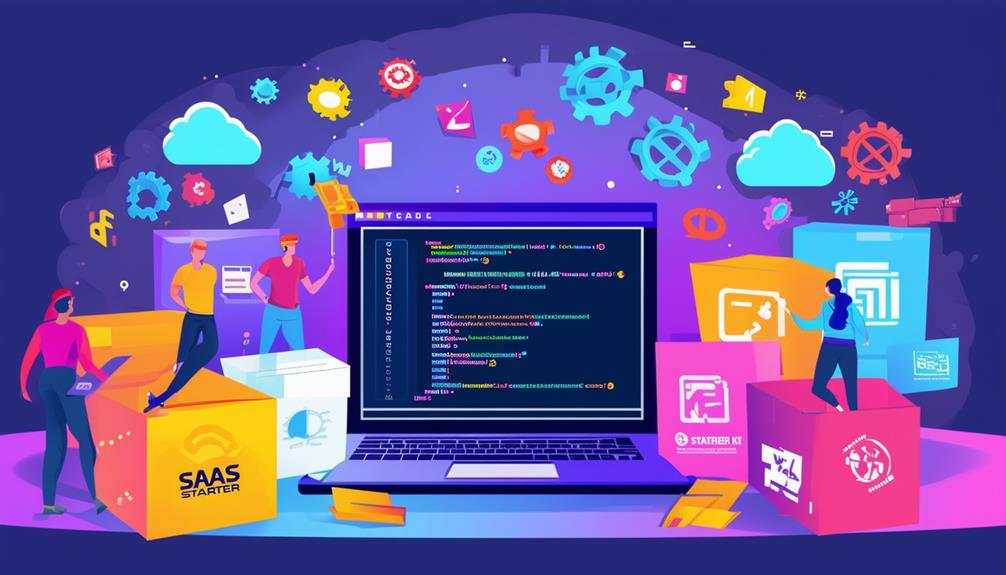To optimize your SaaS boilerplates for performance, you first need to assess your current metrics like load times and user engagement. Identifying inefficiencies in your code can reveal outdated libraries or redundancies that slow down your application. Organizing your code into modular components not only enhances maintainability but also paves the way for more efficient caching strategies. As you implement these changes, don’t overlook the importance of regularly updating dependencies and monitoring performance metrics. The next steps could make a significant difference in your application’s speed and user experience. What strategies will you focus on first?
Assess Your Current Boilerplate
Before you can optimize your SaaS boilerplate, you need to evaluate its current performance and identify any areas that may be lacking. Start by gathering key performance metrics such as load times, user engagement, and error rates. Use tools like Google Analytics or New Relic to track these metrics effectively.
Next, conduct a thorough code review to spot inefficiencies or redundancies. Look for outdated libraries, excessive dependencies, or complex functions that could be simplified. Don’t forget to involve your development team in this process; their insights can reveal critical issues you might overlook.
Additionally, gather user feedback through surveys or interviews. Understanding user pain points will guide your optimization efforts. Create a checklist of common issues or areas for improvement based on this feedback.
Lastly, compare your boilerplate against industry benchmarks. This can help you identify performance gaps and set realistic improvement goals.
Optimize Code Structure
To enhance your SaaS boilerplate’s performance, focus on restructuring your code to improve readability and efficiency.
Start by organizing your code into modular components. This not only makes it easier to maintain but also allows you to reuse code across different parts of your application.
Next, utilize consistent naming conventions. Clear, descriptive names for variables, functions, and classes help you and your team quickly grasp the purpose of each element. This minimizes confusion and speeds up development time.
Another key aspect is to eliminate redundant code. Review your functions and classes to find instances where you can consolidate similar logic. Refactoring your code to reduce duplication not only enhances performance but also makes debugging simpler.
Additionally, consider implementing a clear folder structure. Group related files together and maintain a logical hierarchy. This will streamline navigation and facilitate onboarding for new developers.
Implement Caching Strategies
Implementing effective caching strategies can greatly enhance your SaaS boilerplate’s performance by reducing load times and minimizing server requests.
Start by utilizing browser caching, which stores static assets like images, CSS, and JavaScript files on users’ devices. This way, returning visitors won’t need to re-download resources, speeding up page load times.
Next, consider server-side caching. Use a caching layer, such as Redis or Memcached, to store frequently accessed data in memory. This reduces the need for repeated database queries, markedly improving response times. You can also implement page caching for dynamic pages that don’t change often, serving pre-rendered HTML to users.
Don’t forget about content delivery networks (CDNs). By distributing your static assets across multiple geographic locations, CDNs guarantee that users download content from the nearest server, further enhancing load speeds.
Monitor Performance Metrics
Monitoring performance metrics is essential for identifying bottlenecks and ensuring your SaaS boilerplate runs efficiently. Start by tracking key metrics like response time, server load, and error rates. Use tools like Google Analytics, New Relic, or Datadog to gather real-time data that can help you make informed decisions.
Set clear performance goals based on your target audience’s needs. For instance, if your users expect quick load times, aim for a response time under two seconds. Regularly review these metrics to identify trends and anomalies. If you notice a spike in response time, investigate further to pinpoint the cause.
Don’t forget to monitor user engagement metrics like session duration and bounce rates, as they can provide insights into how your users interact with your application. If your metrics reveal underperformance in specific areas, prioritize optimization efforts accordingly.
Regularly Update Dependencies
Regularly updating dependencies keeps your SaaS boilerplate secure and running smoothly. Outdated libraries and frameworks can expose your application to security vulnerabilities and performance issues. To stay ahead, make it a habit to check for updates at least once a month.
Start by using package managers like npm or yarn to identify outdated dependencies. You can run commands like `npm outdated` to get a list of what needs updating. Don’t just update everything blindly; review the release notes for major changes that could affect your application.
Create a testing environment where you can apply updates before moving them to production. This helps you catch any breaking changes early and guarantees your app runs as expected. Automated tests can be invaluable here; they’ll save you time and headaches down the line.
Lastly, consider using tools like Dependabot or Renovate. These tools automatically create pull requests for updates, simplifying the process and keeping your codebase healthier.
To Wrap Up
To optimize your SaaS boilerplate for performance, start by evaluating your current setup and identifying areas for improvement.
Focus on organizing your code and implementing effective caching strategies.
Don’t forget to monitor performance metrics regularly and update your dependencies to keep everything running smoothly.
By following these steps, you’ll enhance user experience and guarantee your application remains competitive in a fast-paced market.
Keep iterating, and your efforts will pay off in the long run.






